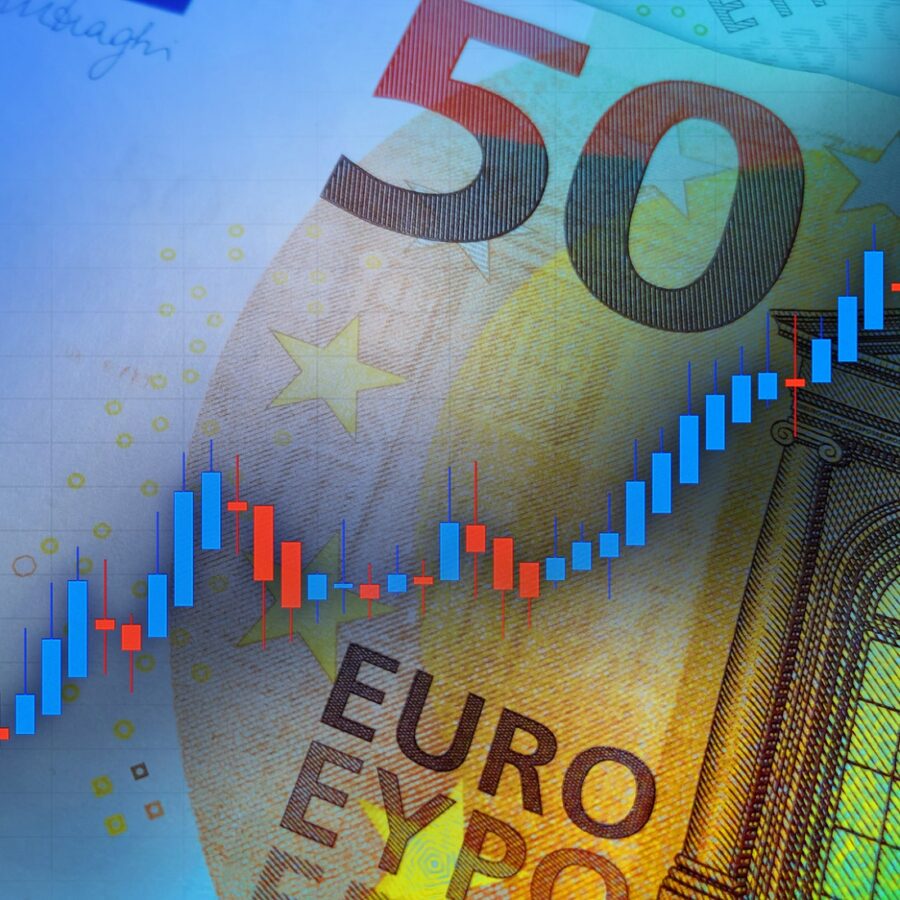Inflation Differentials Among European Monetary Union Countries: An Empirical Evaluation With Structural Breaks
The stability of inflation differentials is an important condition for the smooth working of a currency area, such as the European Economic and Monetary Union. This paper seeks to identify the determinants of inflation differences in the euro area for the period 1999–2018.
 Pub. Date
Pub. Date
20 November, 2023
 Pub. Type
Pub. Type

Main Points
- Results based on a dynamic panel data model suggest that the main sources of euro area inflation differentials are twofold. They partly stem from differences in the exposure to external shocks, that is, nominal effective exchange deviations, as well the Balassa–Samuelson effect (defined as productivity growth in the estimations).
- Our empirical estimates appear to suggest that a one-percentage point increase in the positive output gap, typically leads to an increase of about 20 basis points in the inflation rate of EMU countries. However, and even surprisingly, fiscal stance does not seem to strongly affect the inflation differentials, only slightly.
- Lasting inflation differentials may also complicate the task of the ECB for the definition of its single monetary policy: a “one size fits all” policy, and should thus induce a too restrictive policy for countries exhibiting the lowest inflation rates and simultaneously an excessively accommodating policy for the most inflationary countries.
- The RRF confirms the EU’s aim to pursue a new growth strategy, based on the European Green Deal and on the concept of competitive sustainability.
